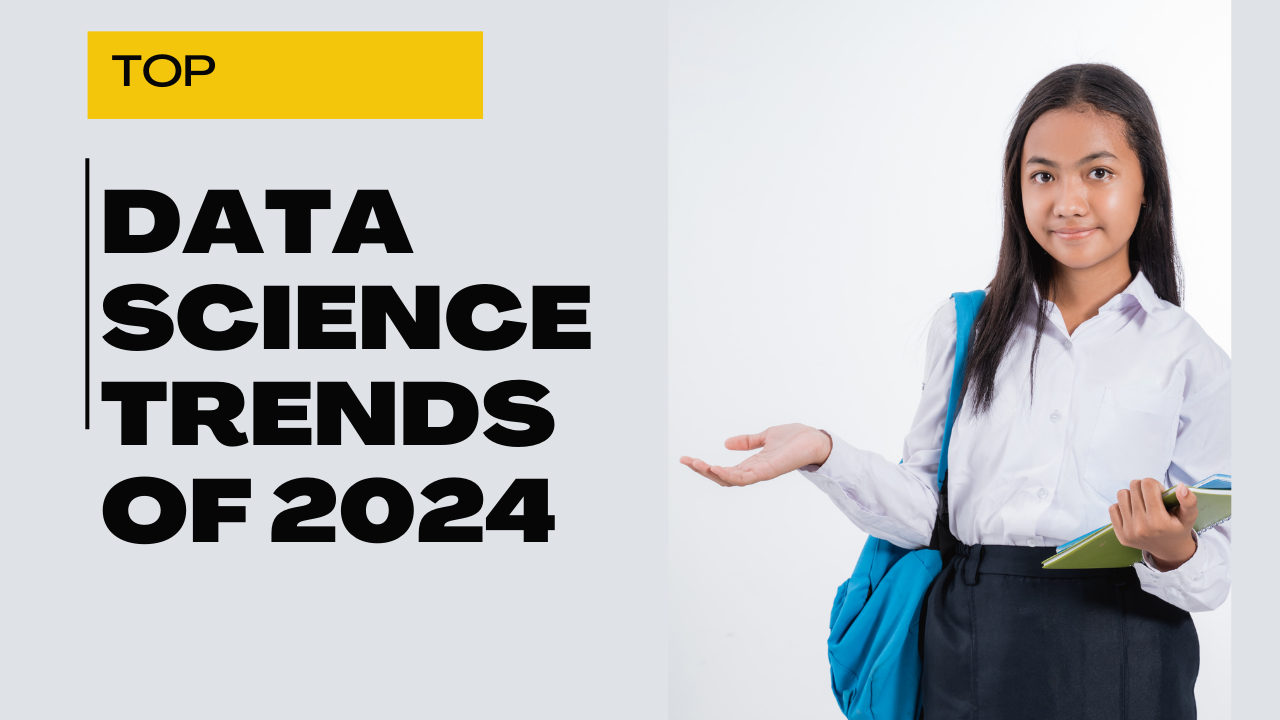The Top Data Science Trends of 2024: Transforming the Future of Analytics
Data science continues to be a driving force in technological innovation, with new trends redefining how data is analyzed, interpreted, and applied. In 2024, the landscape of data science is marked by advancements in ethical AI, automation, and real-time analytics. Here’s a closer look at the key trends shaping the industry.
1. Responsible and Explainable AI
As artificial intelligence becomes more pervasive, there is an increasing demand for systems that are both explainable and responsible.
- Explainable AI (XAI): Tools like SHAP (SHapley Additive exPlanations) are providing better insights into how AI models make decisions, which is critical for applications in sensitive areas such as healthcare and finance.
- Responsible AI: Ethical considerations are now integral to AI development. Frameworks are being established to minimize bias, ensure accountability, and maintain transparency. This shift is fostering trust in AI technologies.
2. AutoML and No-Code Solutions
The rise of AutoML (Automated Machine Learning) is democratizing data science by simplifying complex processes. These systems enable professionals with minimal coding expertise to design and deploy machine learning models. Platforms like Google AutoML and DataRobot are gaining popularity for their ability to automate tasks like data preprocessing, model training, and evaluation.
In parallel, no-code and low-code platforms are empowering businesses to harness data science capabilities without extensive technical expertise. This shift is accelerating the adoption of data-driven decision-making across industries.
3. Edge Computing and IoT Integration
With the proliferation of IoT devices, edge computing is becoming essential for processing data locally, reducing latency, and enabling real-time analytics. Applications such as autonomous vehicles, smart cities, and industrial automation are benefiting from this trend.
Edge computing enhances efficiency by processing data at the source rather than relying on centralized cloud systems, making it a key enabler for time-sensitive applications.
4. Augmented Analytics
The integration of machine learning, artificial intelligence, and natural language processing (NLP) into analytics workflows is transforming the way data insights are generated.
- Streamlined Decision-Making: Augmented analytics tools are helping organizations derive actionable insights faster by automating repetitive tasks like data cleaning and report generation.
- Enhanced Visualization: Platforms like Tableau and Power BI are incorporating augmented features to simplify complex data storytelling for business leaders.
5. The Rise of TinyML
TinyML is revolutionizing machine learning by enabling it to function efficiently on low-power devices. This innovation is crucial for applications requiring quick decisions, such as wearable health monitors, drones, and home automation systems. By focusing on energy-efficient algorithms, TinyML ensures that machine learning can be deployed in constrained environments.
6. Cloud-Based Data Science
The adoption of cloud platforms for big data storage and processing continues to grow.
- Cost Efficiency: Cloud-based solutions like AWS, Google Cloud, and Azure are providing scalable infrastructure for managing vast datasets.
- AI on the Cloud: Cloud-based AI tools are enhancing accessibility to machine learning frameworks, reducing development time for data-driven applications.
7. Advanced Data Visualization
Visual storytelling remains a cornerstone of effective data science communication. In 2024, tools like Plotly, D3.js, and immersive analytics platforms are pushing the boundaries of visualization. Real-time dashboards and interactive visuals are helping organizations identify trends and make data-driven decisions more intuitively.
8. Ethical Data Practices
Data privacy and ethical handling are no longer optional. Privacy-preserving techniques, such as differential privacy and federated learning, are gaining traction to ensure secure data analysis without compromising user confidentiality.
Conclusion
The data science trends of 2024 are a testament to the field’s continuous evolution. By prioritizing ethical practices, embracing automation, and integrating cutting-edge technologies like edge computing and TinyML, data science is driving innovation across industries. Staying ahead in this dynamic landscape requires adopting these trends and fostering a culture of continuous learning.
Whether you’re a data enthusiast or a professional, understanding and leveraging these advancements will be key to thriving in this transformative era.

